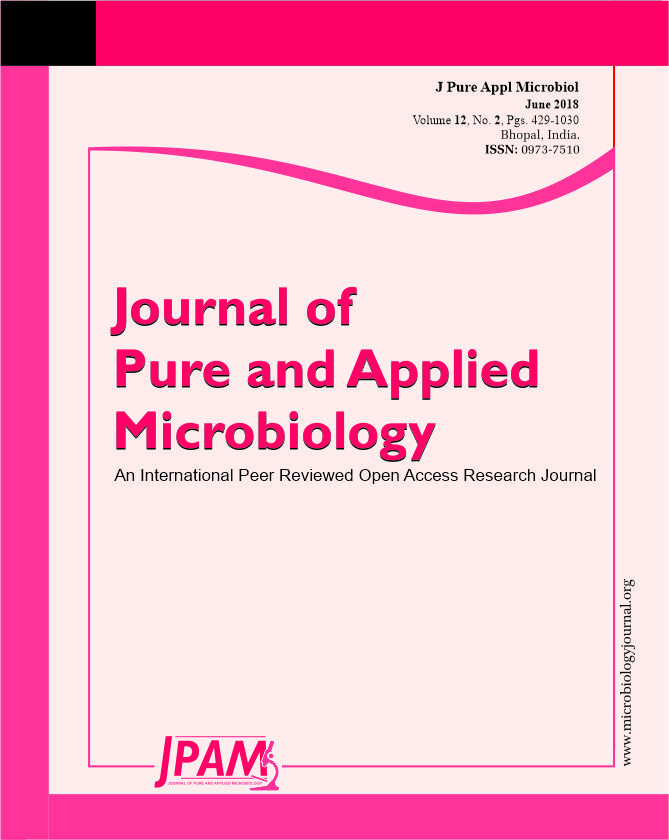Different samples for the isolation of cyanobacteria were collected from University garden soil patches, fresh water samples from Tigra dam near Gwalior city. Samples collected were subjected to purification and isolation of cyanobacteria in specific media (BG11) under light condition. After 15 to 20 days of incubation they were able to grow in provided BG11 media with blue green appearance in flasks. Microscopy of the samples revealed that most of the isolates obtained and purified were filamentous with several types of movements. Biochemical characterization such as catalase, oxidase and urease tests was performed in which they were observed weakly positive for urease test while negative for oxidase and catalase test. Chlorophyll and carotenoid estimation was done along with antibacterial activity of cyanobacterial extract. Molecular characterization of the isolates was carried out with the extraction of DNA from each purified cyanobacterial strain. The universal and cyanobacterial specific 16S rRNA gene was amplified and sequenced. The sequences were deposited to NCBI and phylogenetic tree was constructed to observe the relatedness among cyanobacterial isolates. After sequencing, isolates were identified as Nostoc sp., Limnothrix sp. from freshwater samples while Phormidium sp. was obtained abundantly from soil samples. Three distinct OTUs were obtained after phylogenetic tree construction showed their evolutionary relatedness. The antibacterial assay of cyanobacterial extract showed their therapeutic potential in the study.
16S rRNA gene, cyanobacteria, OTUs.
© The Author(s) 2018. Open Access. This article is distributed under the terms of the Creative Commons Attribution 4.0 International License which permits unrestricted use, sharing, distribution, and reproduction in any medium, provided you give appropriate credit to the original author(s) and the source, provide a link to the Creative Commons license, and indicate if changes were made.


